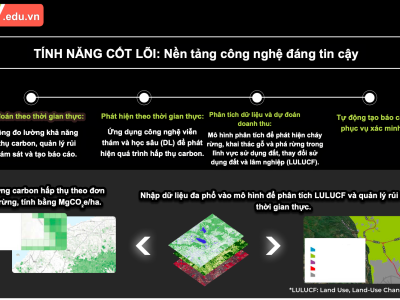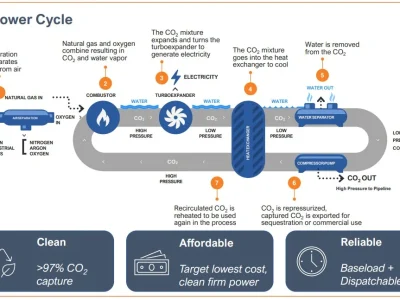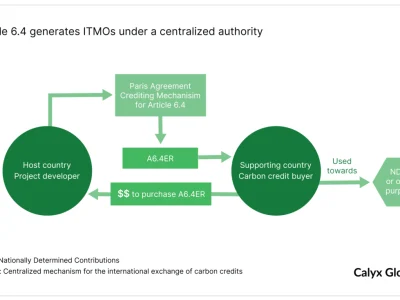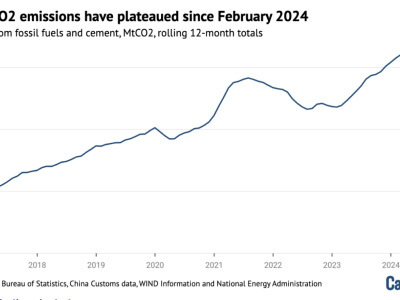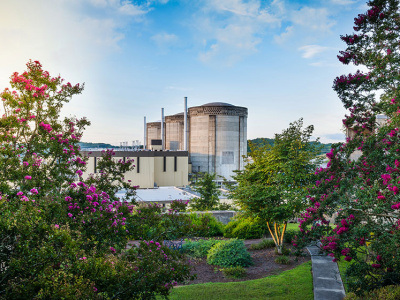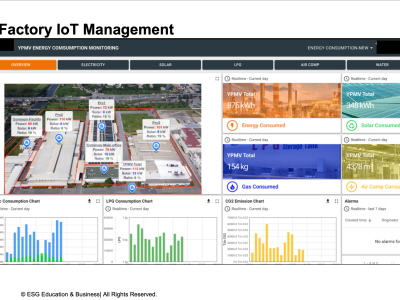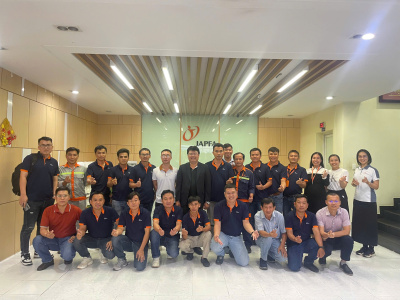 Chuong trinh dao tao
Chuong trinh dao tao
Setting up a new durian planting “map” after the merger of provinces and cities
Before the merger of provincial administrative units, the top 5 localities with the largest durian planting area in the country were Dak Lak, Lam Dong, Tien Giang, Dong Nai, and Dak Nong, respectively. However, after the merger of the province, the durian “map” was newly established.
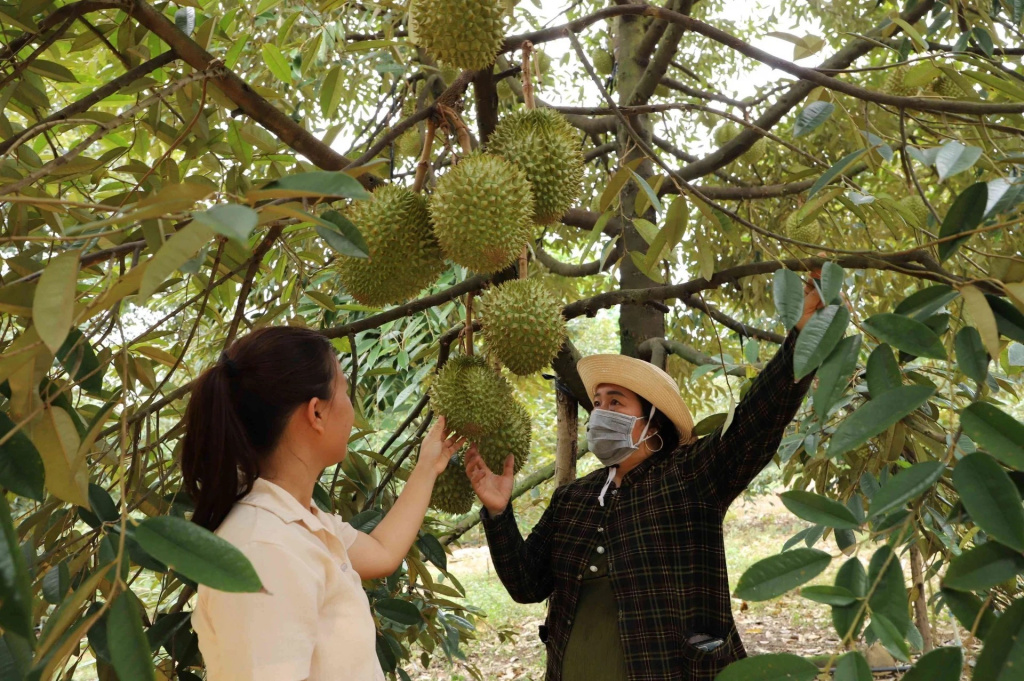
In our country, for many years, durian has been considered a key crop in many localities.
Lam Dong rises to the top in durian planting area
According to the Vietnam Fruit and Vegetable Association, currently the durian planting area across the country has reached nearly 169,000 hectares with an output of about 1.55 million tons/year. This figure is twice as high as the durian development orientation in the Key Fruit Tree Development Project to 2025 and 2030.
Before the merger of provincial administrative units, the top 5 localities with the largest durian planting area in the country were Dak Lak, Lam Dong, Tien Giang, Dong Nai, and Dak Nong, respectively.
Before the merger of provincial administrative units, Dak Lak was the leading locality in the country in terms of durian planting area. According to local statistics, by the end of 2024, the durian planting area of this province will reach 38,800 hectares, with an output of about 316,000 tons.
According to the Statistics Department of Dak Lak province, in 2023, the profit from this fruit tree will reach about 0.7 billion VND/ha, farmers in this province have earned over 15,000 billion VND from durian.
Ranked 2nd in the country is Lam Dong with more than 25,600 hectares of durian cultivation, with an output of more than 175,000 tons.
However, this situation will record a major change after localities implement the arrangement and merger plan. Accordingly, a new “durian capital” will be formed with Lam Dong rising to the leading position in the country.
Specifically, according to the arrangement and merger project, Lam Dong, Dak Nong and Binh Thuan will be merged and named Lam Dong province, the political-administrative center located in Lam Dong province today. After the merger, the durian planting area of this province will reach more than 41,100 hectares, officially surpassing Dak Lak.
Meanwhile, Dak Lak after merging with Phu Yen, the total durian area is estimated at 39,600 hectares, ranking 2nd on the “durian map” of the country.
Dong Thap is in 3rd place when “sharing a house” with Tien Giang, bringing the total durian planting area to 24,000 hectares. Previously, Dong Thap was a locality with a modest durian area of about 4,100 hectares.
Dong Nai still holds the 4th position, but when merging with Binh Phuoc, the total durian planting area has only reached about 20,200 hectares.
Meanwhile, after Can Tho merged with Soc Trang and Hau Giang, this locality has appeared in the top 5, with a total durian planting area of nearly 7,700 hectares.
According to data from the Ministry of Agriculture and Environment, the durian planting area of our country has tended to increase rapidly in the past few years. If in 2020, the total durian area in the country was just over 71,000 hectares, by the end of 2023, this number has doubled to 151,000 hectares. Up to now, the area has been about 169,000 hectares.
According to Mr. Dang Phuc Nguyen – General Secretary of the Vietnam Fruit and Vegetable Association – this fruit has helped thousands of farmers have a good income and stabilize their lives. In addition, abundant output is one of the many competitive advantages when exporting to the main market is China, in the context of this country continuously expanding its supply, most recently Laos and Indonesia.
This year, in addition to fresh durian, Vietnamese businesses have promoted the export of frozen durian to the Chinese market.
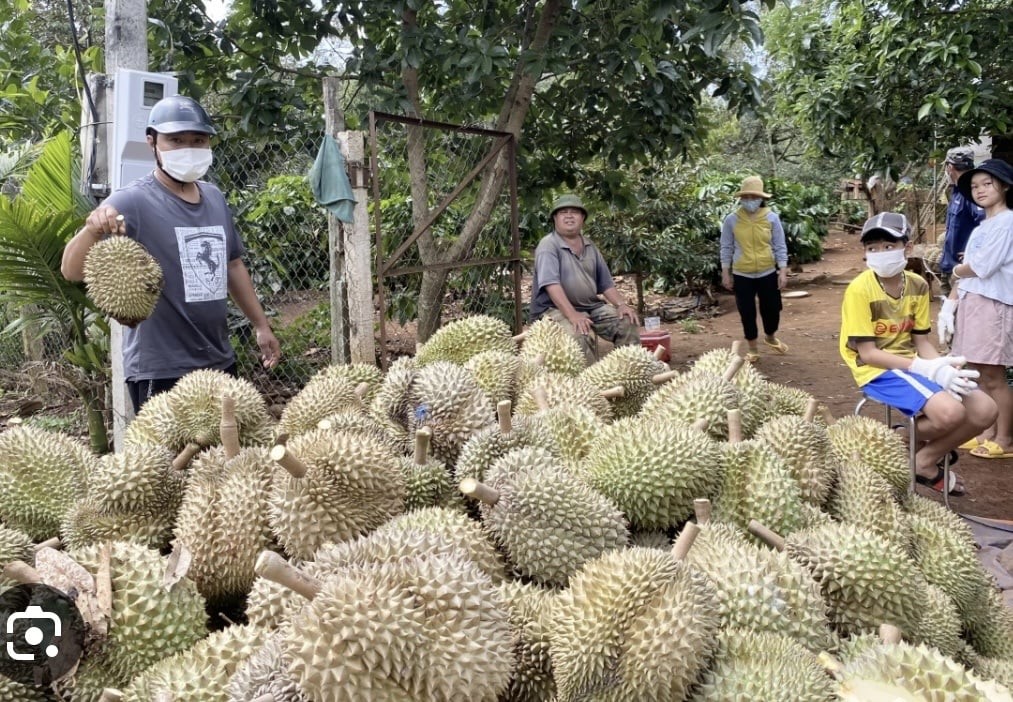
Vietnam is building a Vietnamese durian brand on the world agricultural product map
Durian needs to be restructured in a sustainable direction
However, Vietnamese durian is facing great difficulties when it has not controlled the cadmium residue and yellow O in durian. At the same time, the Vietnamese market still lacks the capacity of the testing system to meet the large durian output, planting area codes according to regulations… While these are all mandatory requirements of China’s main export market.
As a result, in the first 4 months of this year, durian exports to China decreased seriously, only reaching about 20% of the plan. Specifically, the country’s durian export turnover only reached about 120-130 million USD from the beginning of the year, with an estimated export volume of 35,000 tons.
Notably, this situation has dragged the price of durian in the main season in the garden to fall in recent years, down by nearly half over the same period last year and not equal to 1/4 of the export price.
Facing this situation, the Ministry of Agriculture and Environment has just held an emergency meeting to propose solutions to maintain the market and improve the value of the industry.
At the meeting, Minister of Agriculture and Environment Do Duc Duy said that he would continue to strengthen coordination with the General Administration of Customs of China to remove technical obstacles, speed up the issuance of planting area codes, approve packaging facilities and testing laboratories that meet standards for export…
Regarding the long-term plan, the Ministry determines to complete the legal system related to the management of agricultural product exports. In particular, detailed regulations on planting area codes, packaging facilities, testing and quality inspection.
In addition, Mr. Duy emphasized that the durian industry needs to be restructured in a sustainable direction, technical standards need to be standardized from production, harvesting, processing to export; encourage the export of frozen durian to increase product value and reduce dependence on fresh fruit.
“Maintaining the durian market cannot rely on hot growth, but requires a solid legal system, synchronous technical standards and a proactive and transparent management apparatus. Specialized agencies must stand side by side with businesses, accompany localities and coordinate inter-sectorally to protect the market, improve value and gradually build Vietnamese durian brands on the world agricultural product map”, Minister of Agriculture and Environment Do Duc Duy affirmed.


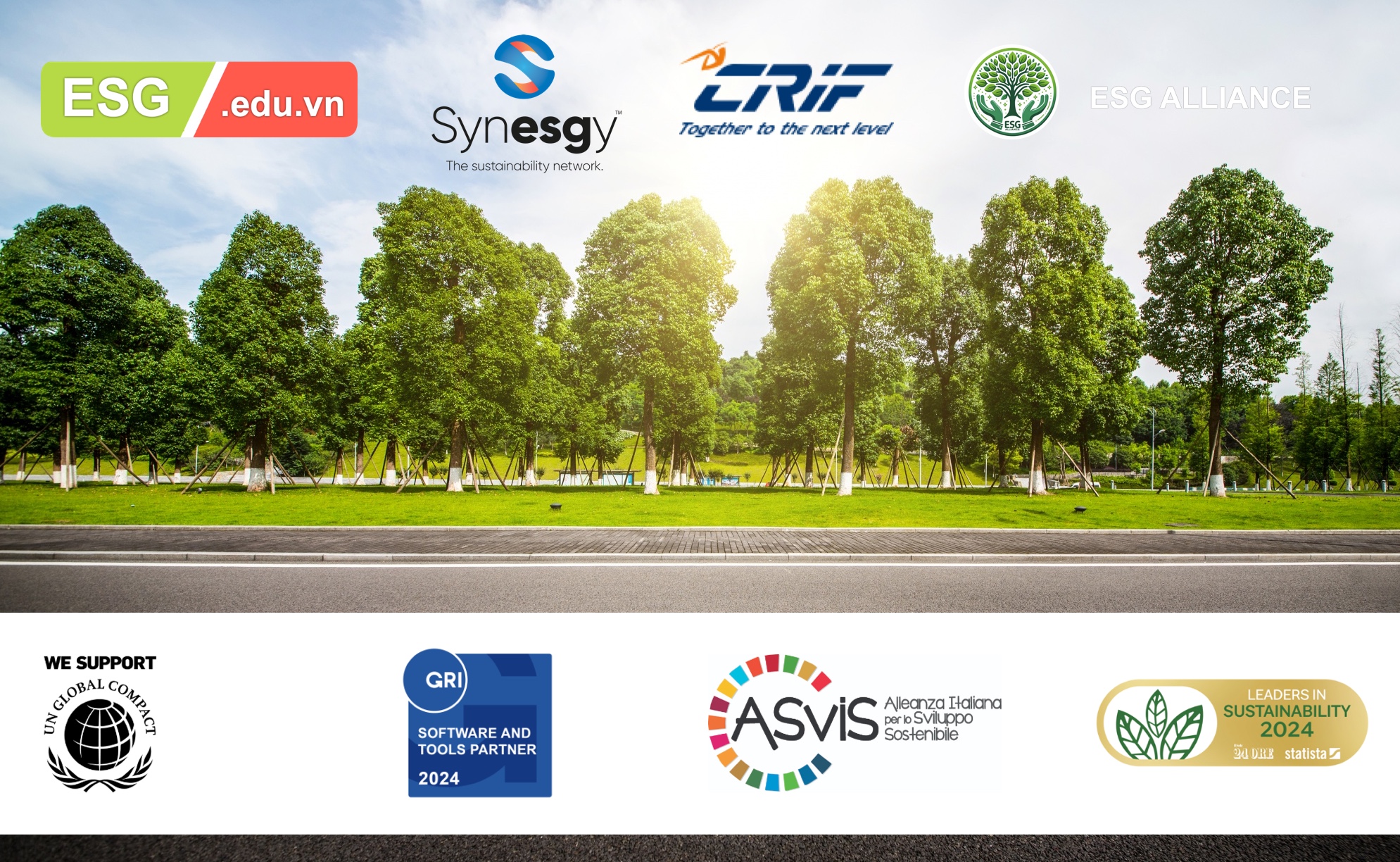









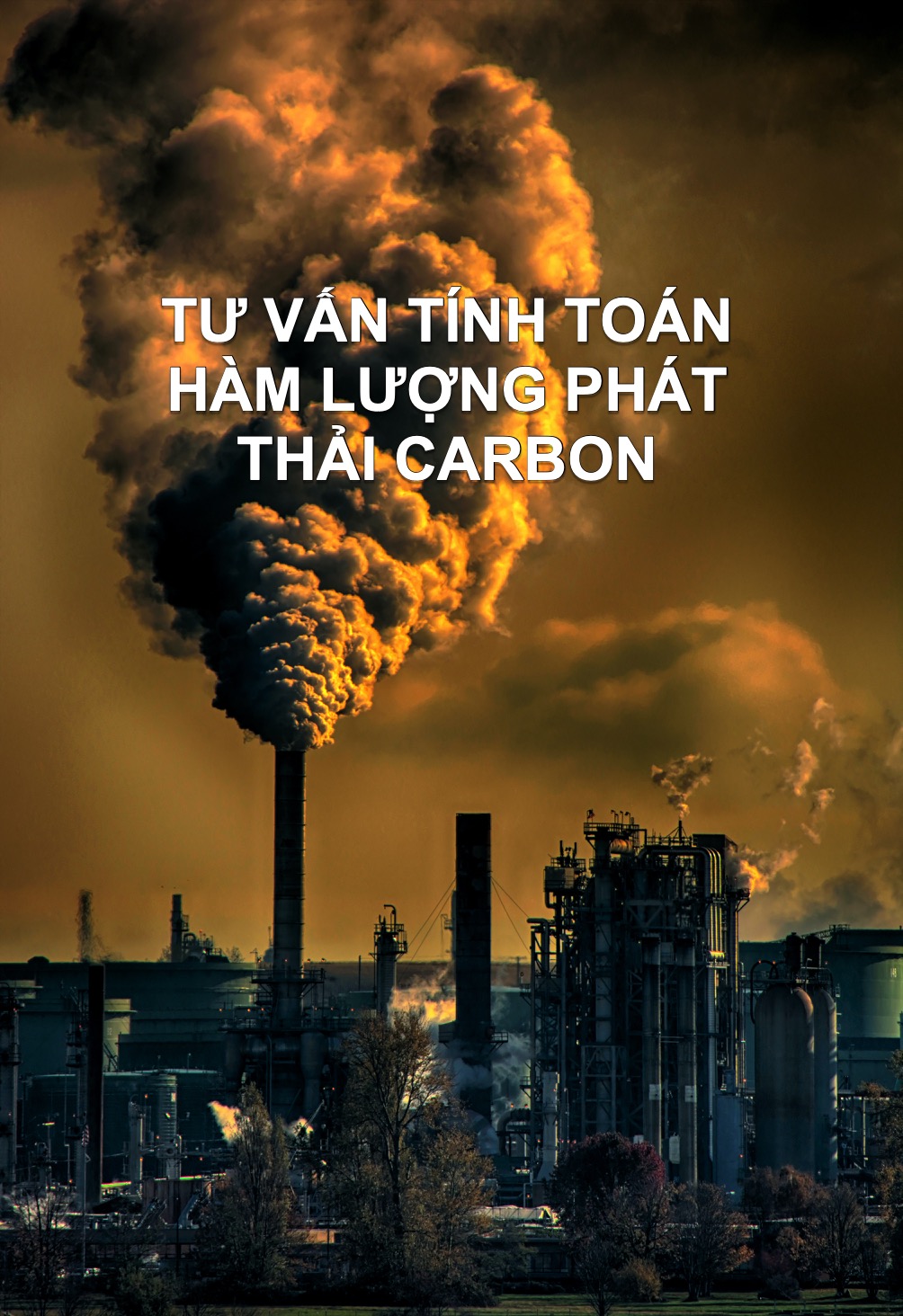

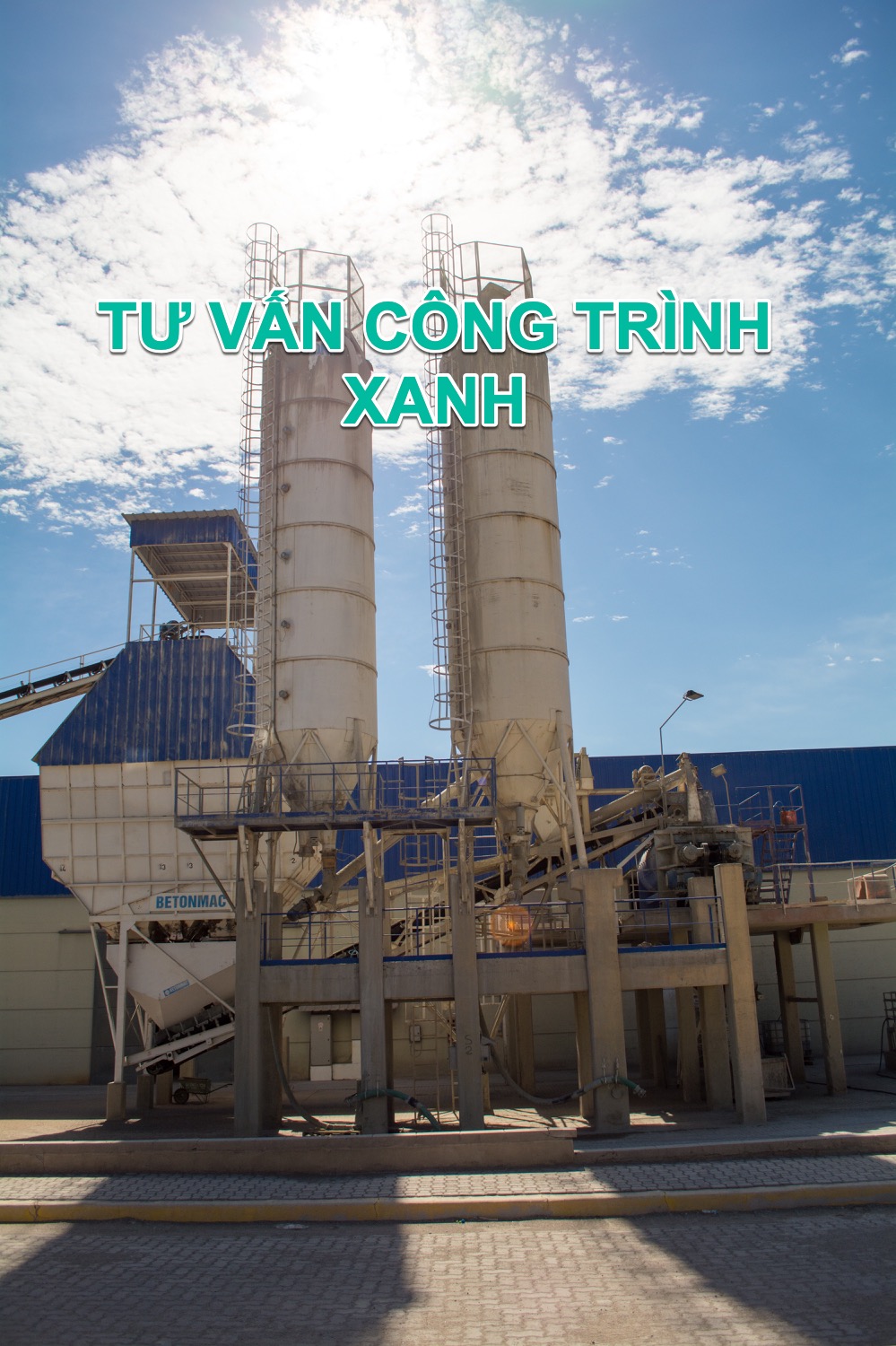
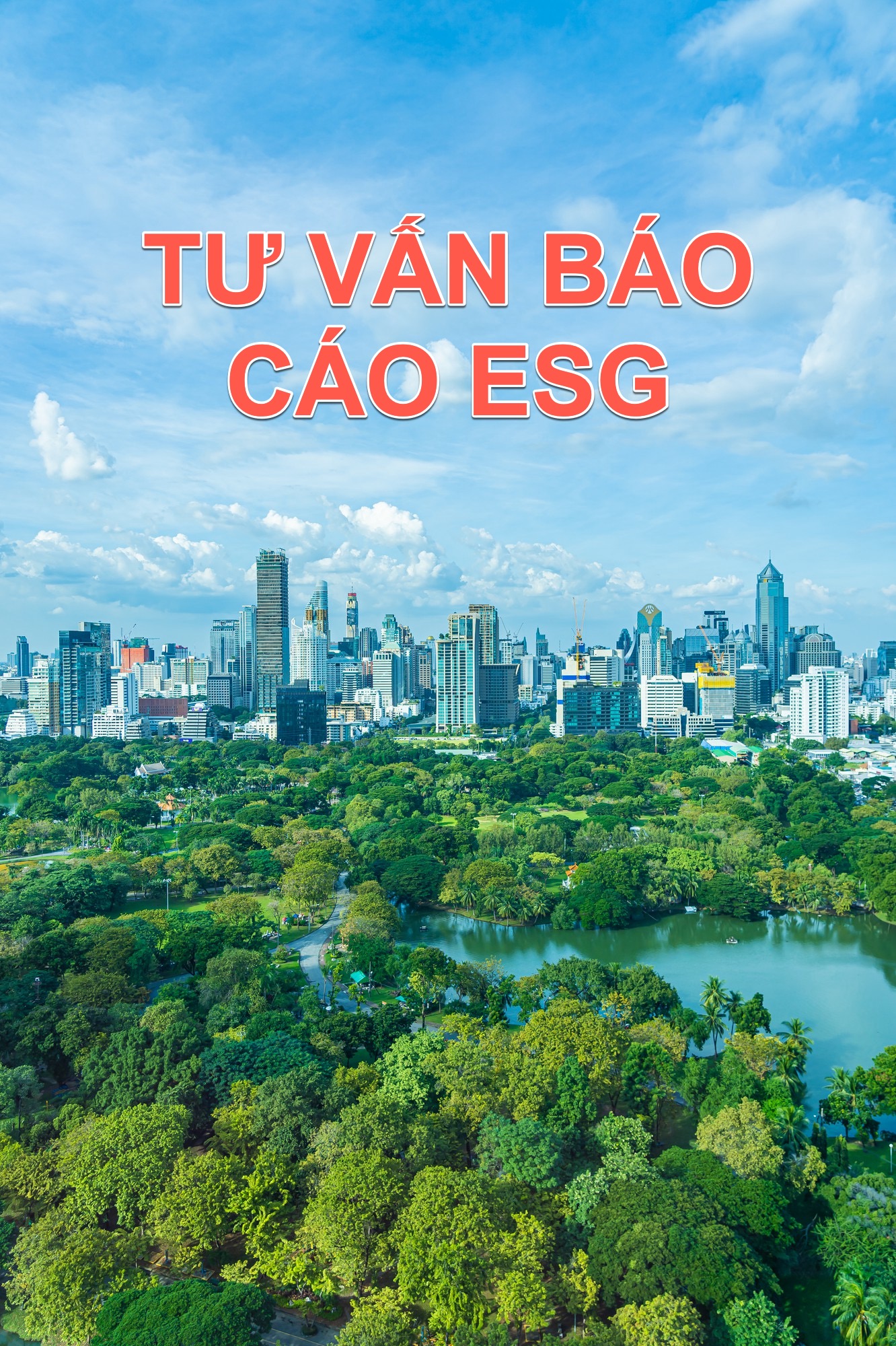
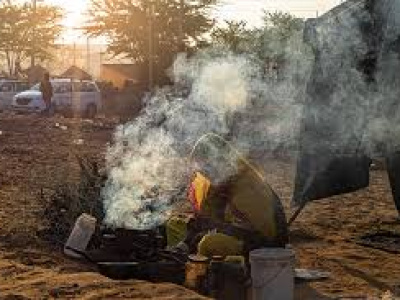
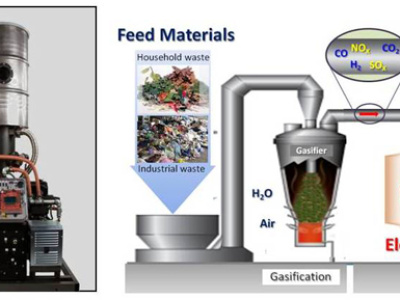
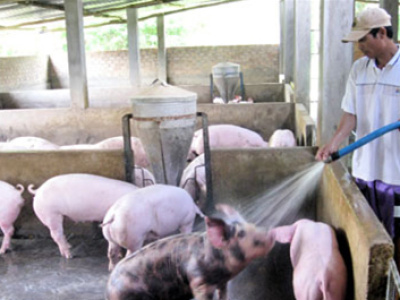
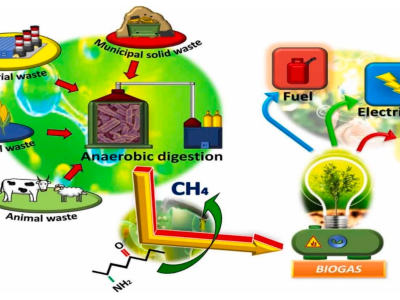
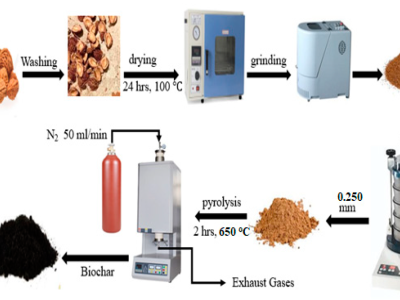
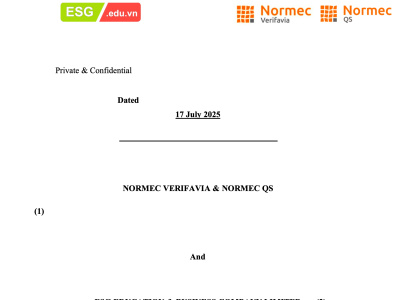
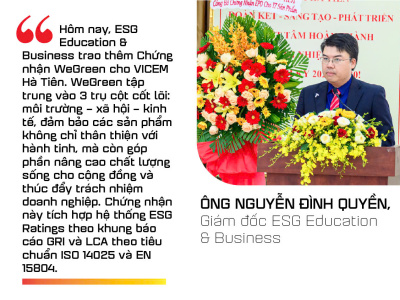
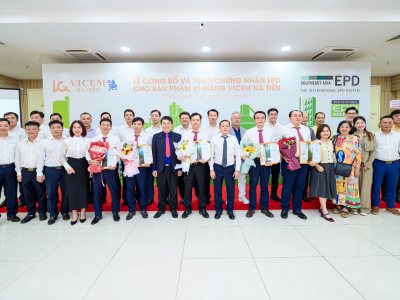
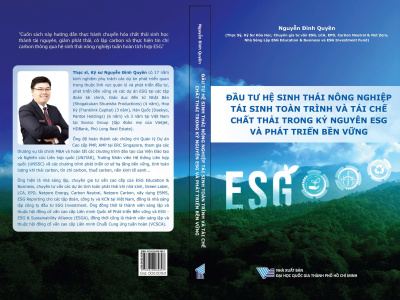
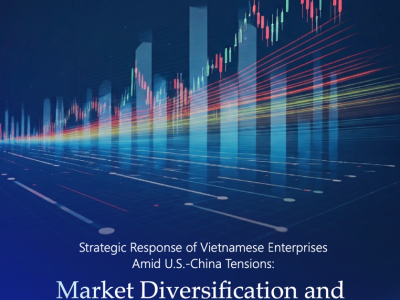

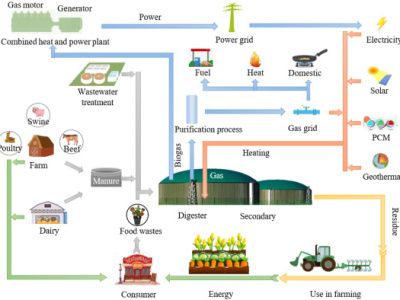
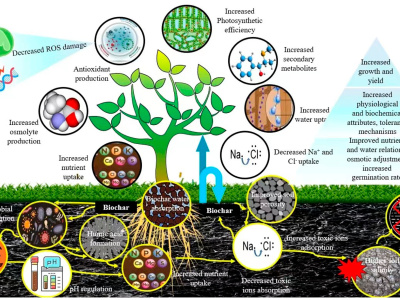
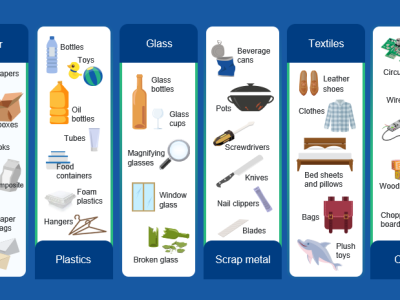
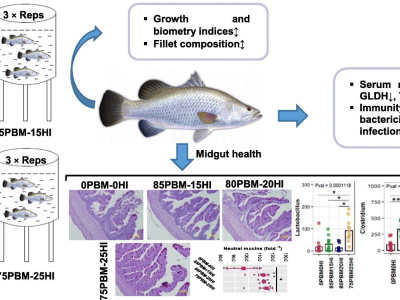
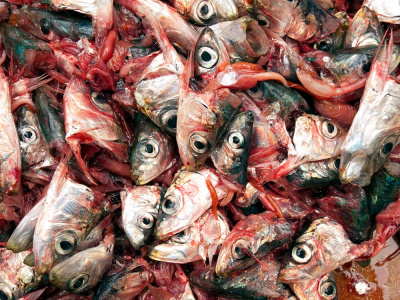
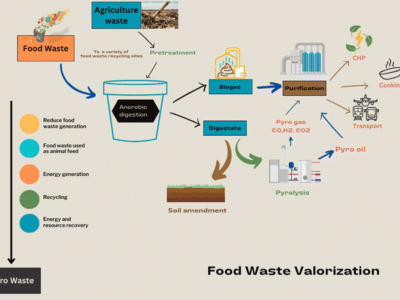
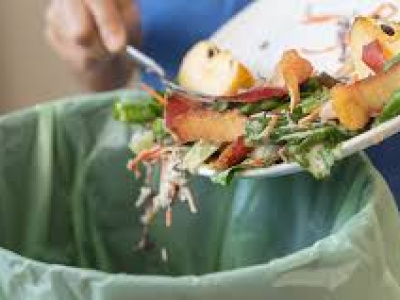
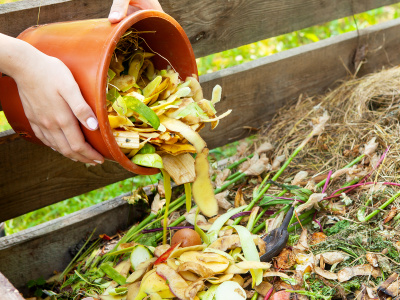
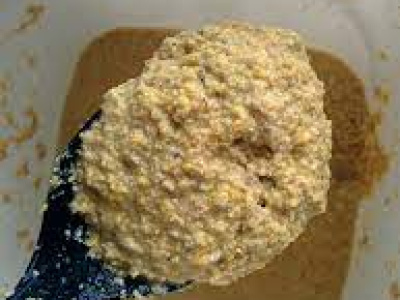
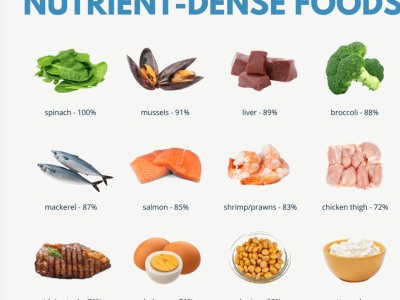
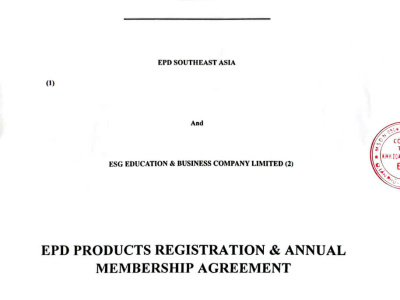
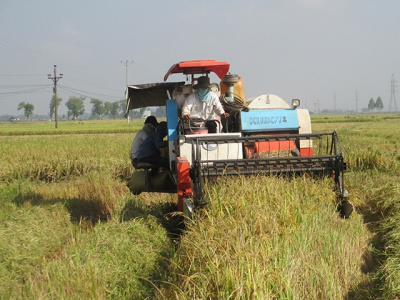
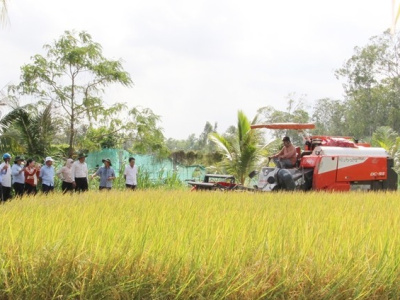
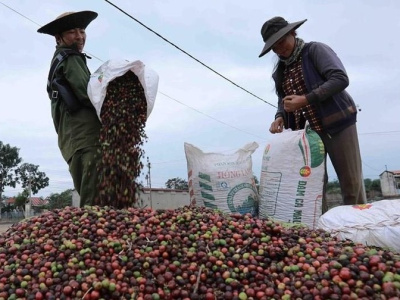
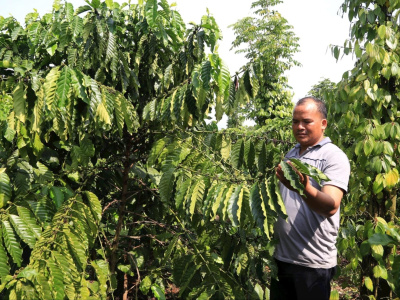
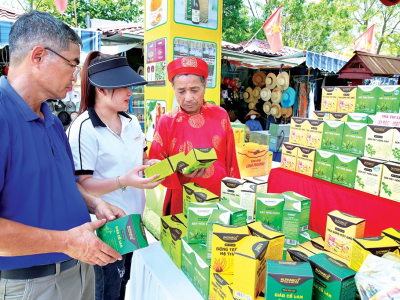
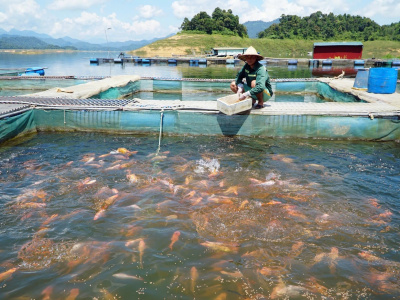
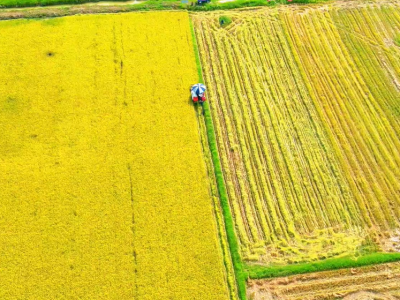
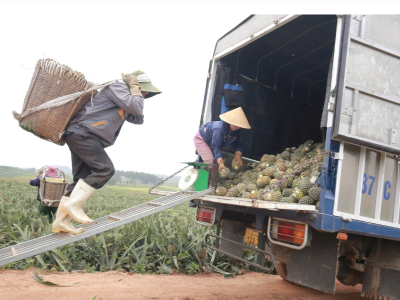
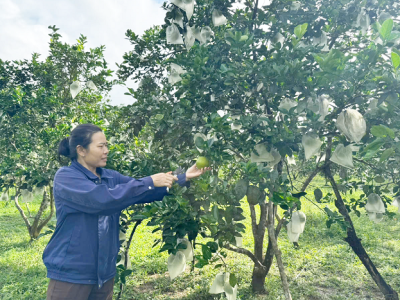
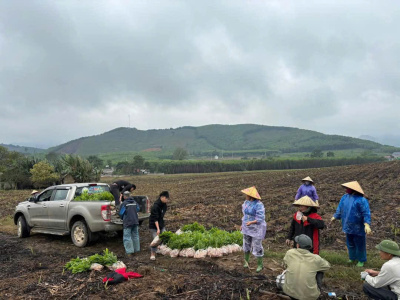
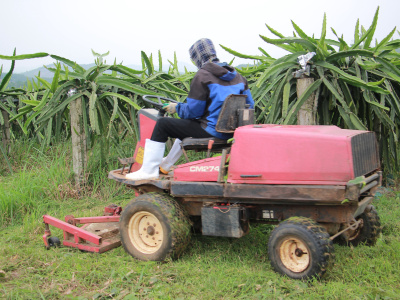
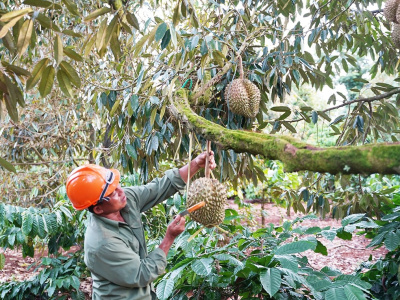
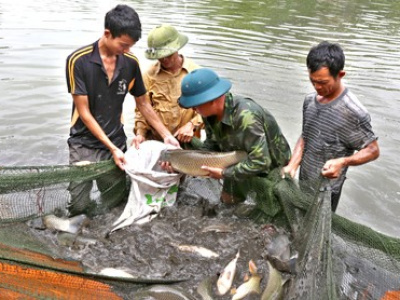
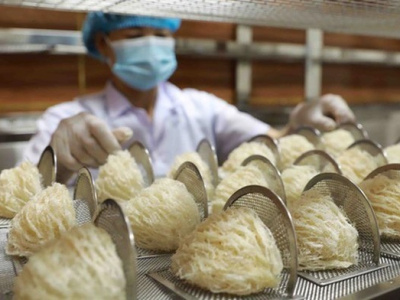
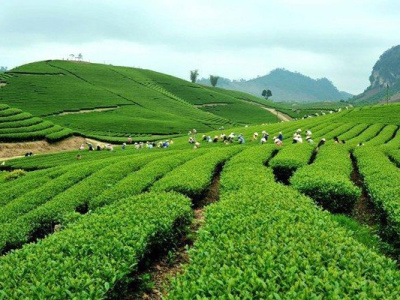
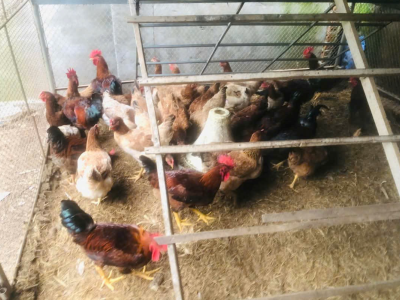
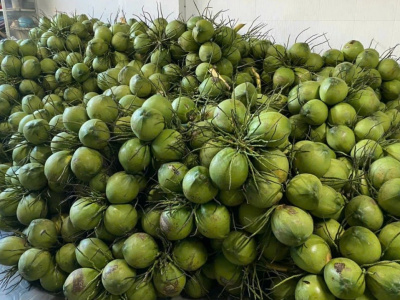
![NGUYỄN ĐÌNH QUYỀN [VN]](https://aseanfarmers.com/wp-content/uploads/NGUYEN-DINH-QUYEN-VN-400x300.png)
